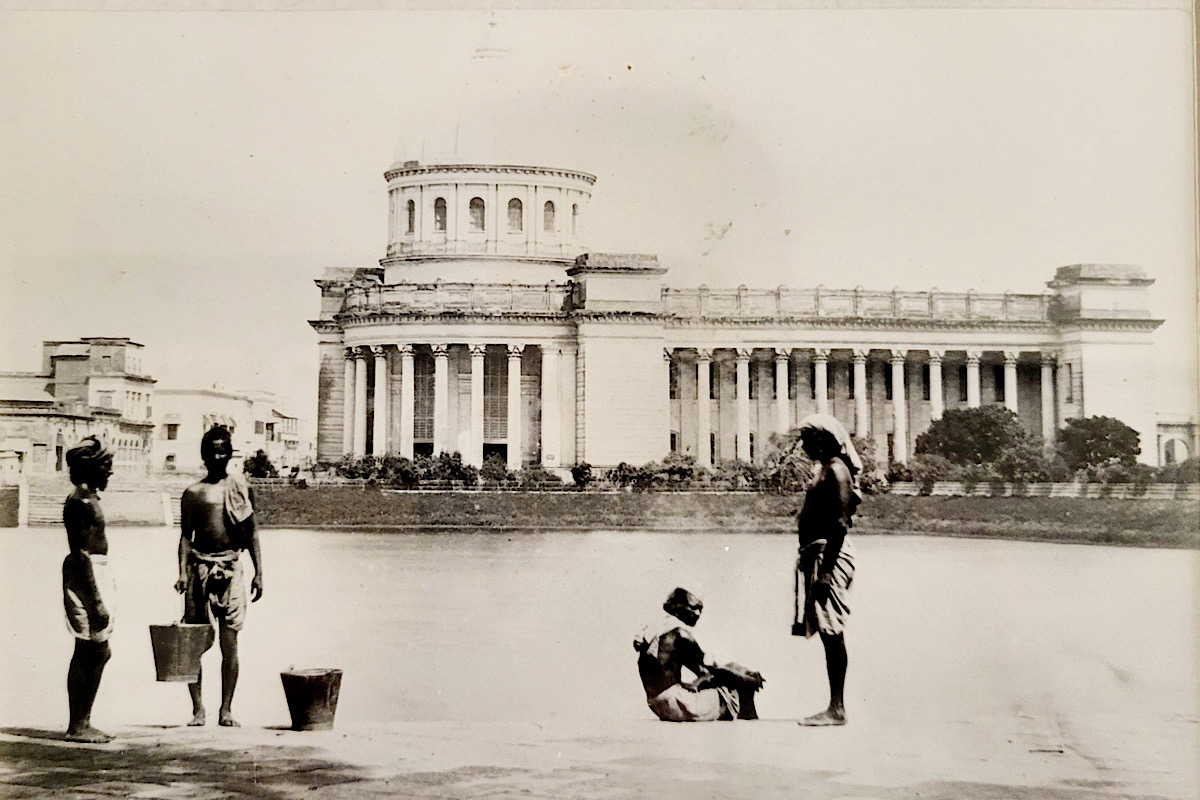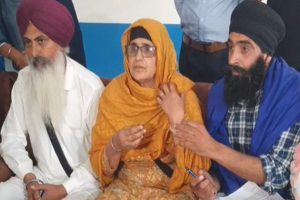Dolyatra, or Holi, is one of the biggest Hindu festivals in Bengal. The festival is not only a mere religious festival but also an event that influenced Bengal’s social, cultural, and political chronology. Here are some little-known anecdotes about Bengal during this time.
Eminent historian and specialist on Calcutta, Dr Atul Sur once got to see an old holiday circular of East India Company dating back to 1787, when his jaws almost fell. Dr Sur observed that the document contained a list of holidays sanctioned by the East India Company for its native employees in the Bengal Presidency on account of various Hindu festivals.
The common Hindu festivals like Basant Panchami, Ganesh puja, Laxmi puja, Ram Navami, Rathayatra, Charak puja, etc. were featured. For Durga Puja, only two days were approved under the names Budh Navami and Navratri. Apart from Durga Puja, the only other Hindu festival for which the Company had approved a holiday was Shiva Ratri.
The next longest holiday was given on Basanti Puja, when all offices used to be closed for four days. In that list, there was another long holiday of five days, and that was for Holi or Dolyatra. Imagine a 5-day break for a Hindu festival in the era of Raj, and that was not its biggest festival, Durga Puja! Dr Sur commented that this proves that in 18th-century Bengal, Holi was indeed a much bigger festival than Durga Puja in Bengal.
Calcutta’s oldest square has a Holi connection
Calcutta’s oldest urban square was developed around a water body in the central part of the city in the middle of the 18th century, when the British East India Company established its fort named Fort William on the banks of the Hooghly. Just opposite their fort, there was a 5.7-acre rectangular water body, once owned by Sabarna Chowdhury’s family of Barisha. East India Company, after acquiring it, named the tank Lal Dighi, and after the death of Lord Dalhousie, named the square around it Dalhousie.
Surprisingly, the water body of Dalhousie Square got a local name, and it was called Lal Dighi, or Red Lake, by the locals. Though there are several stories to justify why the water tank was thus named, the most famous among these says that, after Dol, the whole of Calcutta’s population bathed in this water tank for the next few days. The predominantly red colour of ‘abeer’ blends with the water to turn it almost crimson for the next few weeks, hence the name. It must be mentioned that this tank was dug by one Lalchand Basak, after whom, perhaps, it is also named.
Netaji Bose argued with the British to win his right to play Holi in jail
Subhash Chandra Bose was sent to Mandalay jail for six years of imprisonment in the mid-1920s. In his prison, Bose, an ardent Hindu with high spiritual leanings, demanded the right to celebrate the Holi festival for Hindu prisoners, along with Durga puja and Saraswati puja.
Bose wrote a series of letters in 1926 to the Inspector General of the Prison of Mandalaya and also to the Chief Secretary of Burma. In his letter written on 2 February 1926, Bose mentioned the demand to celebrate three Hindu festivals inside the jail among the Hindu prisoners. Bose stated in that letter that on 26 February, there would be the festival of Holi, which would be celebrated for three days. He demanded expenses for that festival from the jail authority and had given an anticipated budget of Rs 100 for the same. In the same letter, he also demanded funds for Saraswati puja.
To justify his stand, Bose mentioned that in Alipur Central Jail of Calcutta, Rs 1200 was sanctioned to European criminals to celebrate Christian festivals, while highly educated and cultured Hindu political prisoners were deprived of any such benefit. Needless to say, the British Government bowed before Netaji, and funds were allocated to celebrate all three Hindu festivals.
A Bengali dolyatra candy has a Portuguese origin
During dolyatra, a special sugary and syrupy candy was sold in rural Bengal. It was called ‘math’ candy, much similar in taste to ‘batasa’. It was shaped like a church tower.
Citizen historian Debasis Mukhopadhay wrote in a recent article that this miniature church-shaped sugar candy has its origins in Hooghly’s Bandel church, where a similar kind of sugar candy used to be distributed by the Portuguese during Christmas to whoever visited the church. As per Debasis Mukhopadhay, Bengali sweetmakers were soon to copy its shape, and a replica emerged. The meaning of the word ‘math’ comes close to a place of worship. It is interesting to note the Portuguese influences on Bengal’s culture.
The writer is a freelance contributor











